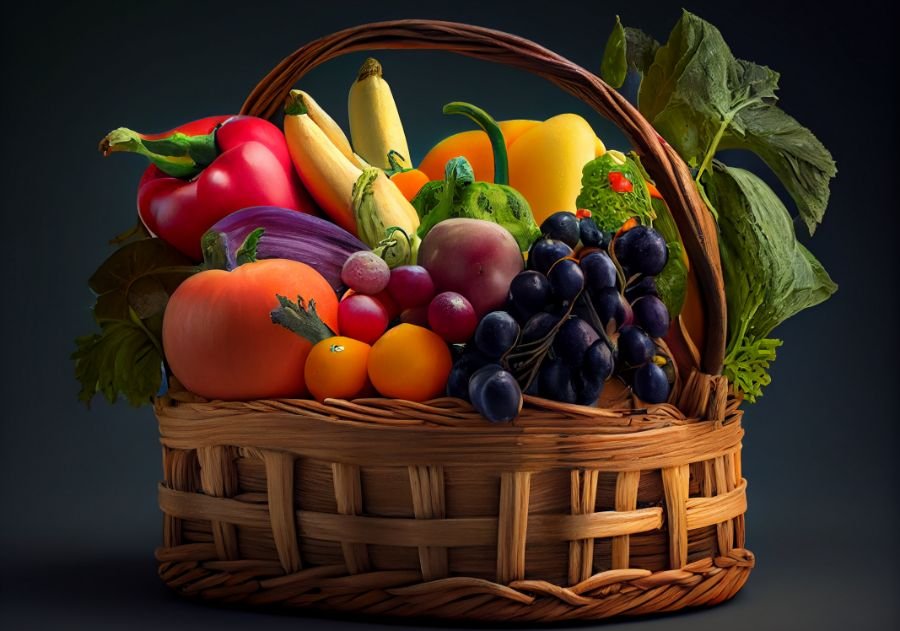8 Smart Ways to Teach Kids About Fruits & Make Them Love Eating Healthy
Fruits are nature’s candy, packed with essential nutrients that kids need to grow strong and healthy. Teaching children about fruits is an important part of building lifelong healthy eating habits. Let’s explore how to introduce fruits to kids in an engaging and effective way.
Why Are Fruits Important?
Fruits are a powerhouse of vitamins, minerals, and fiber. They boost immunity, improve digestion, and provide natural energy. For example:
- Apples help in improving digestion.
- Bananas are rich in potassium, great for muscle function.
- Oranges are loaded with vitamin C to boost immunity.
- Berries like strawberries and blueberries are packed with antioxidants for brain health.
- Pineapples are rich in bromelain, which helps with digestion and inflammation.
Fruits also introduce kids to natural sugars, reducing their cravings for unhealthy snacks. Additionally, including a variety of fruits in their diet can expose them to a range of colors, flavors, and nutrients, keeping their meals exciting and balanced.
List of Common Fruits for Kids
These everyday fruits are not only nutritious but also easy to find and prepare:
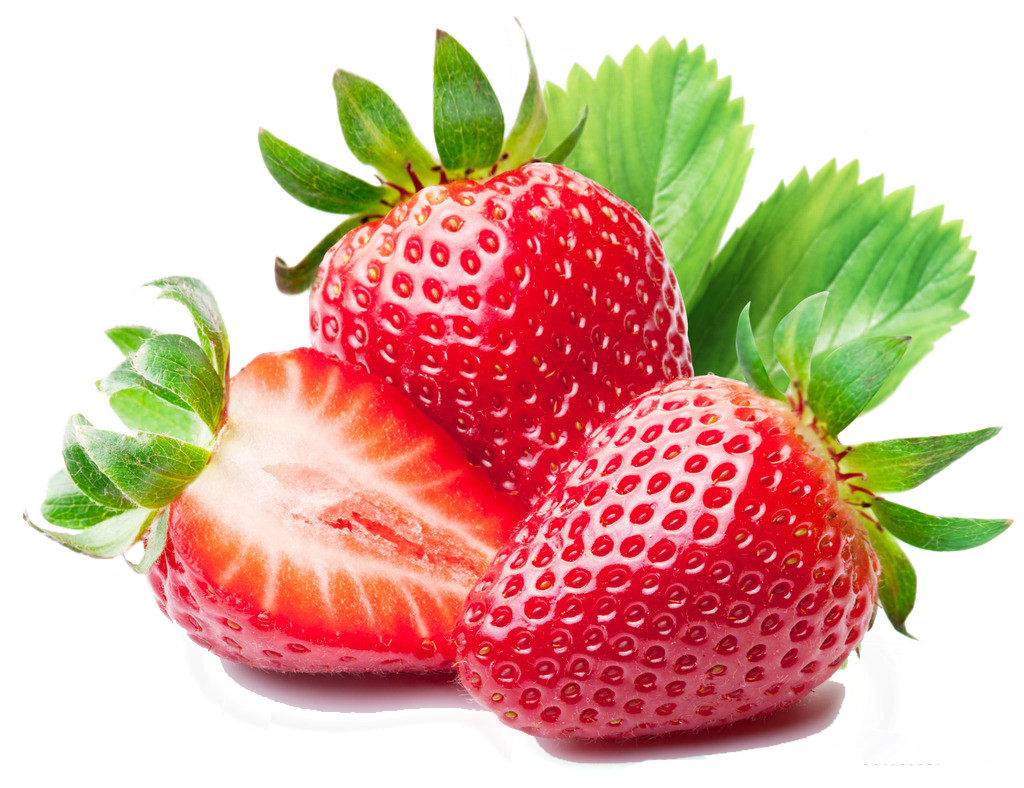
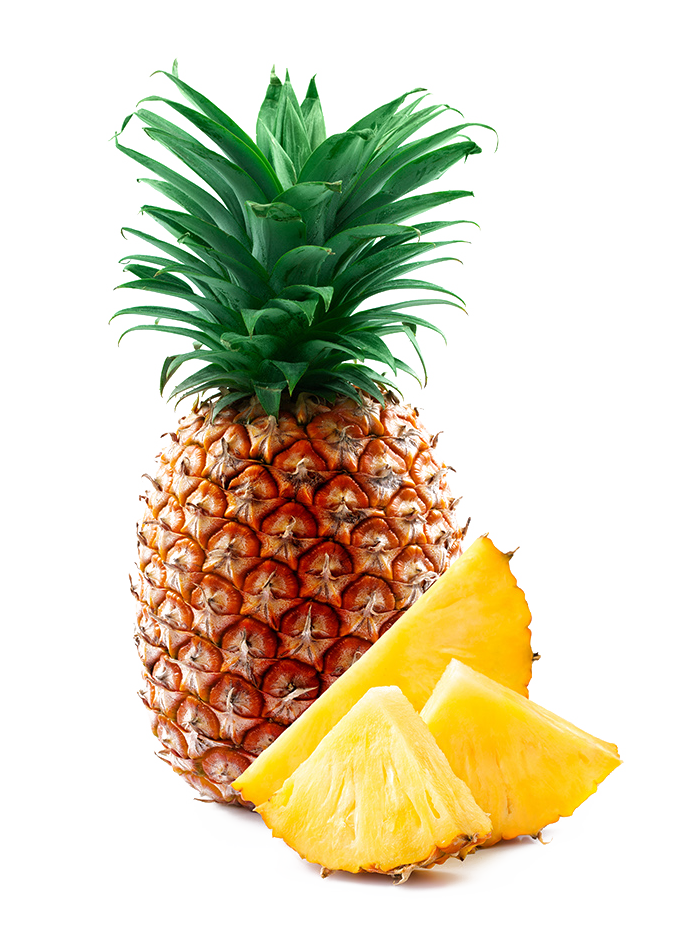
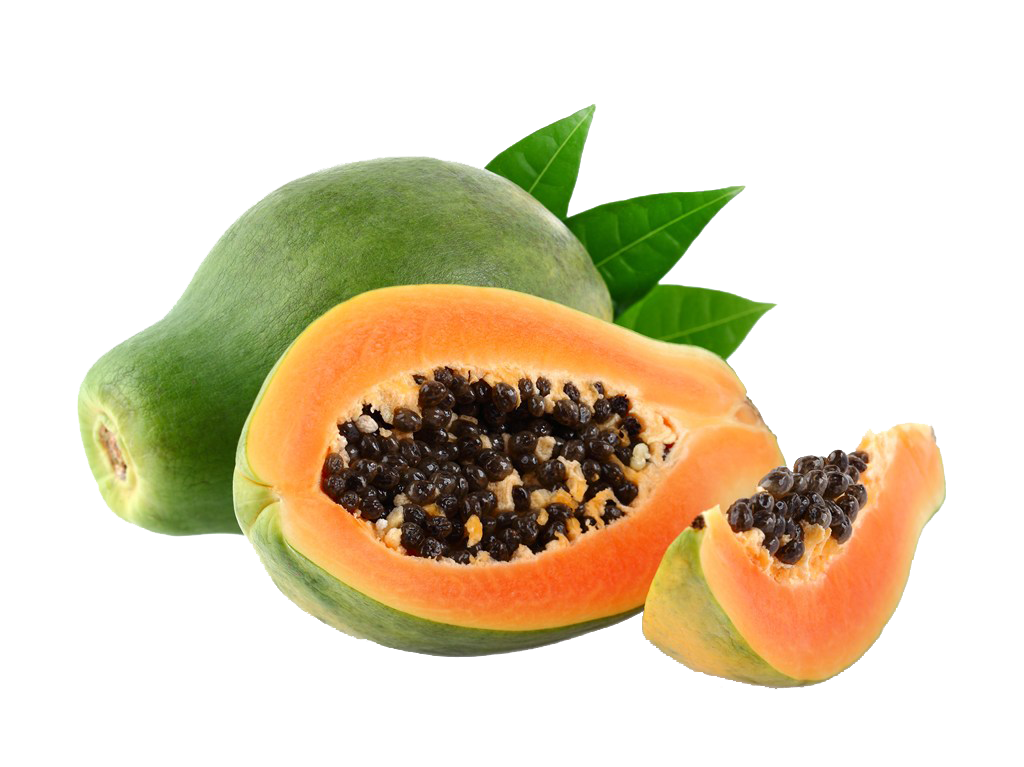

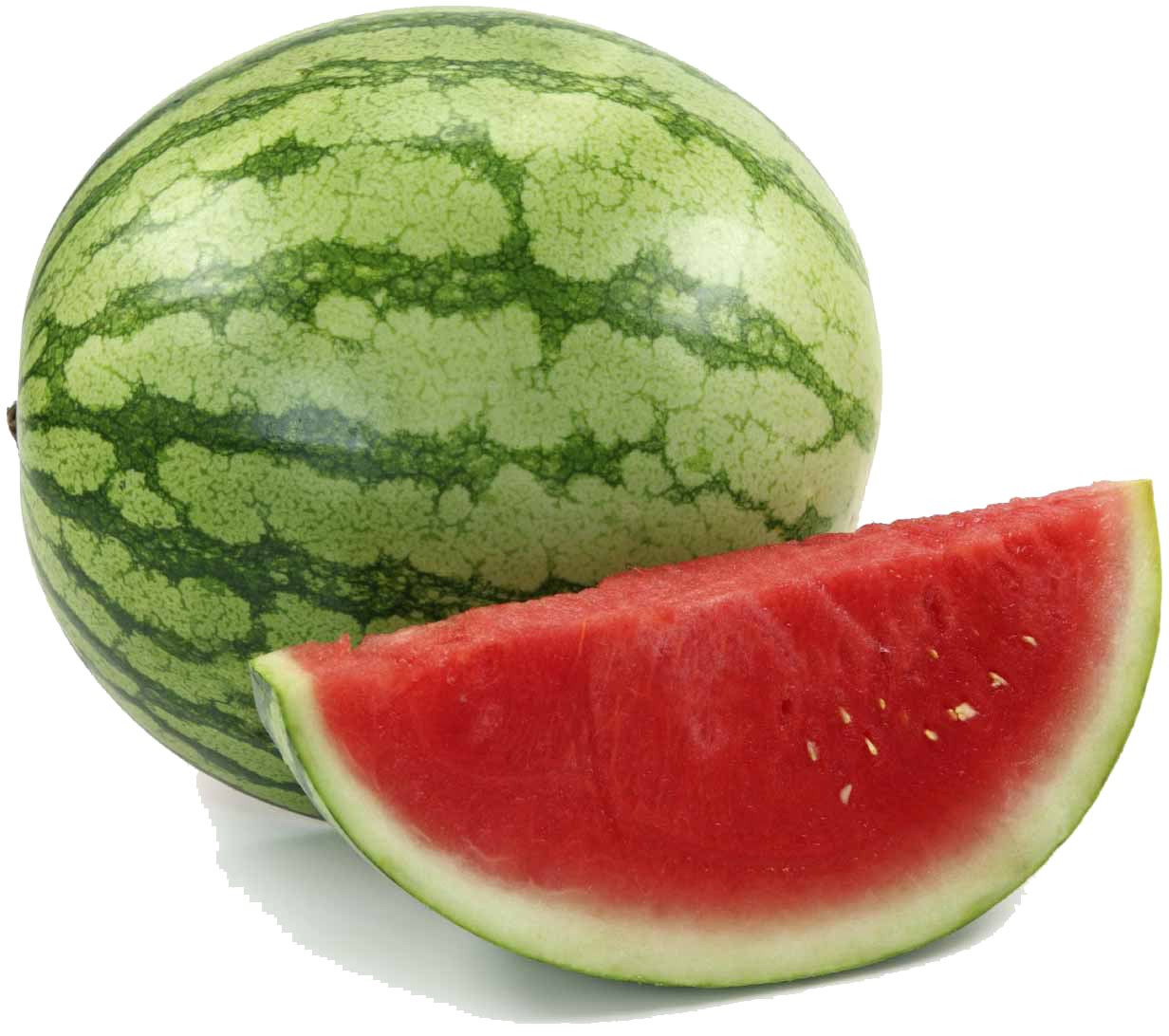
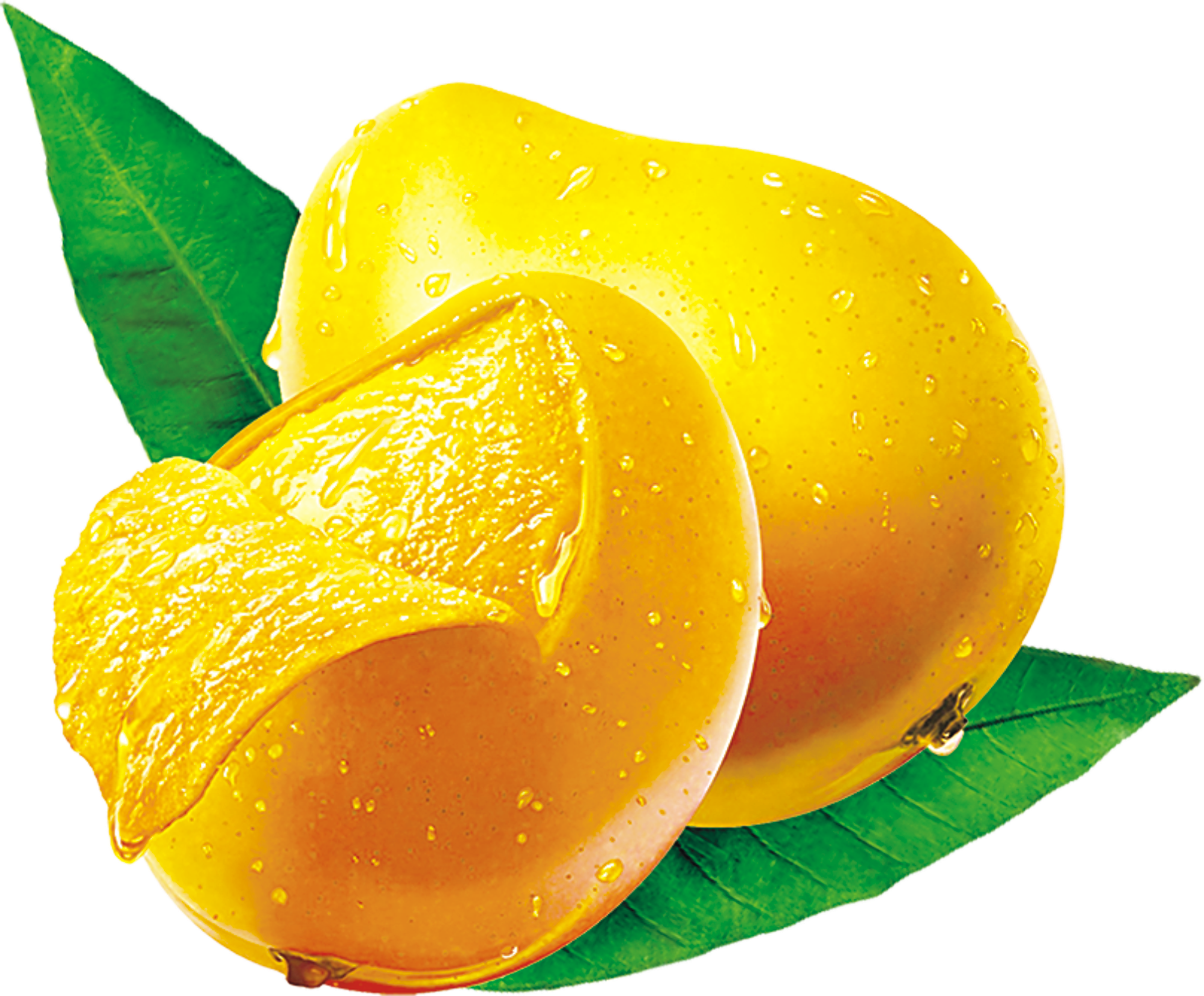
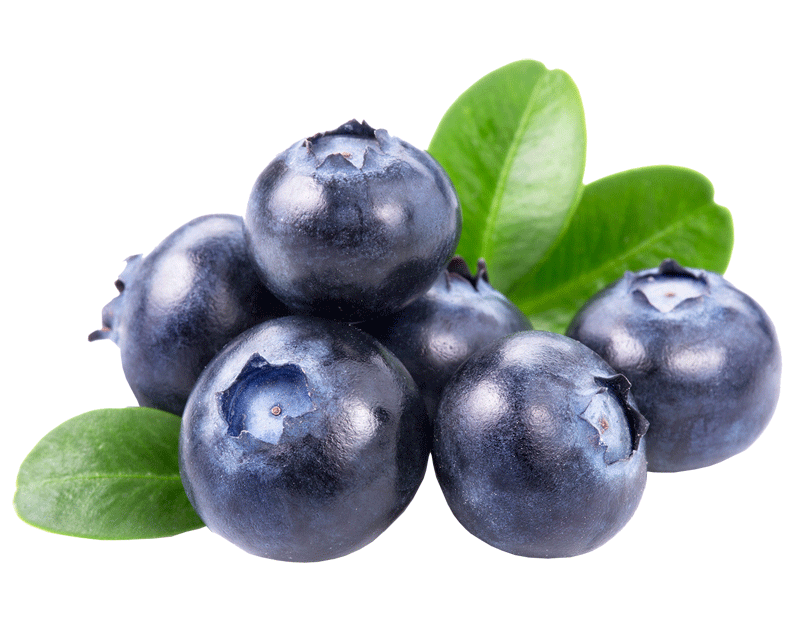
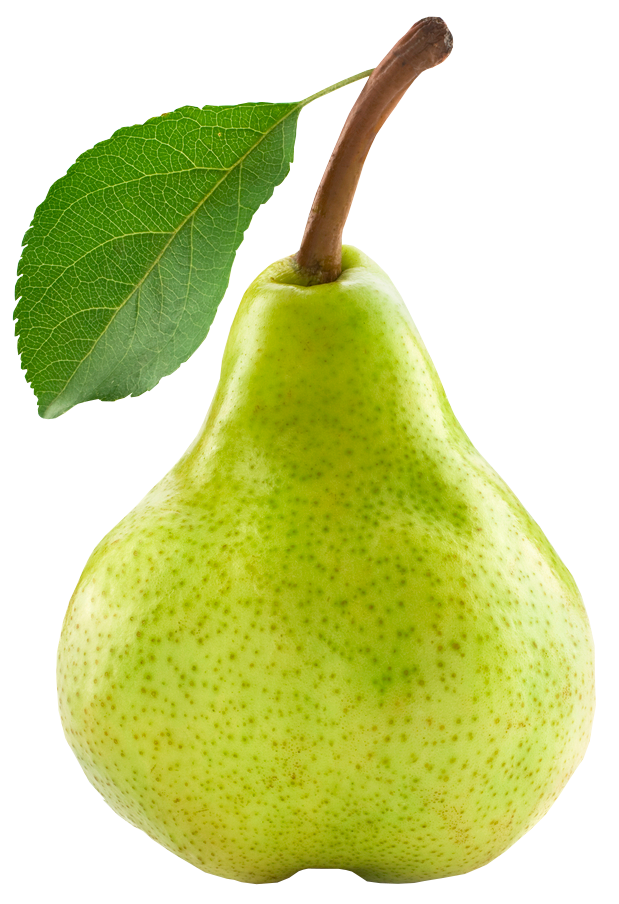

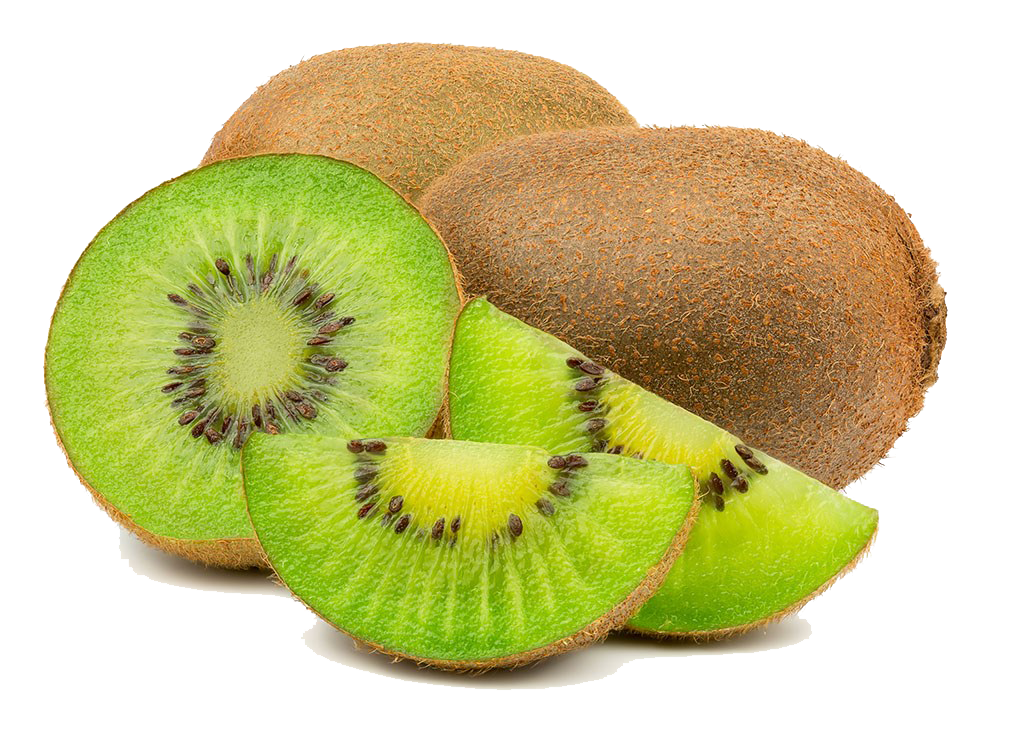
Introduce kids to fruits with vibrant colors and different textures. For instance, the crunchiness of apples, the juiciness of watermelon, and the tanginess of kiwis can make snack time more enjoyable and educational.
List of Seasonal Fruits
Seasonal fruits are fresher, tastier, and more nutritious. Introduce kids to fruits that align with the seasons:
Summer:
- Mangoes
- Watermelon
- Litchi
- Muskmelon
- Cherries
- Apricots
Winter:
- Oranges
- Apples
- Pomegranate
- Guava
- Kiwi
- Persimmons
Spring:
- Strawberries
- Papaya
- Pineapple
- Grapefruit
- Mulberries
Autumn:
- Pears
- Grapes
- Figs
- Custard Apples
- Plums
Highlighting the seasons can make learning fun while promoting sustainability. You can also introduce the concept of seasonal farming and its importance for the environment.
Also Read: 7 Benefits Of Reading Books In Early Childhood
Activities to Learn Fruit Names
Make learning about fruits a fun experience with these interactive activities:
1. Coloring Pages: Provide fruit-themed coloring books to help kids recognize different fruits visually.
2. Puzzles: Use fruit-shaped puzzles or flashcards.
3. Matching Games: Match pictures of fruits with their names.
4. Storytelling: Create stories featuring fruits as characters.
5. Fruit Tasting Days: Organize a day where kids can taste and identify different fruits.
6. Fruit Hunt: Set up a scavenger hunt where kids search for fruit cutouts or real fruits hidden around the house or classroom.
7. Role Play: Let kids pretend to be shopkeepers or chefs, “selling” or “preparing” fruits to learn their names and uses.
8. Fruit Songs and Rhymes: Teach kids catchy songs or rhymes about fruits to reinforce their names and benefits.
These activities enhance memory retention and build curiosity about fruits while making the learning process fun.
Fruit Songs and Rhymes
Here are some catchy and engaging fruit songs and rhymes:
- “Fruit Salad Song” (Tune of “Twinkle, Twinkle, Little Star”)
Peel a banana, cut it nice, Add some apples,
oh so bright, Mango, grapes, and berries, too,
Fruit salad’s yummy, healthy too! Mix them up,
let’s all sing, Fruit salad’s ready, let’s dig in! - “The Fruit Train”
All aboard the fruit train,
Chugging down the track again,
Choo-choo, apples, juicy and sweet,
Next stop: bananas, a tasty treat! - “Five Little Fruits” (Adapted from “Five Little Ducks”)
Five little fruits in a bowl so sweet,
One got eaten, now there’s just four to eat.
Continue until: One little fruit in a bowl so sweet,
It got eaten, and now there’s no fruit to eat! - “The Banana Song”
Banana, banana, yellow and long,
Peel it, eat it, sing this song!
Full of vitamins, so sweet and bright,
Bananas make me feel just right! - “Apples and Oranges”
Apples and oranges, juicy and neat,
A perfect snack, such a healthy treat!
Crunchy apples, sweet oranges, too,
Eat them both; they’re good for you! - “The Berry Song”
Strawberries, blueberries, and raspberries red,
Eat them for breakfast, or with some bread.
Healthy and yummy, so good to eat,
Berries are a tasty, healthy treat! - “I Love Watermelon”
I love watermelon,
oh so sweet, Juicy, pink,
and such a treat! Cut it up,
put it on my plate,
Watermelon’s the best;
I can’t wait!
These songs and rhymes are perfect for making fruit education lively and fun. You can encourage children to sing along and even add simple hand movements or actions to make the learning more interactive.
Easy Ways to Get Kids to Eat Fruits
Sometimes, getting kids to eat fruits can be a challenge. Here are simple and effective tips:
- Make Fruit Salads: Combine colorful fruits to make an appealing bowl of salad.
- Creative Presentations: Arrange fruits into fun shapes, like animals or flowers.
- Incorporate into Snacks: Add fruits to yogurt, pancakes, or smoothies.
- Reward Systems: Use fruits as rewards for small achievements.
- Lead by Example: Eat fruits with your kids and share your favorites.
- Cooking Together: Involve kids in preparing simple recipes like fruit skewers or smoothies.
- Storytime with Fruits: Use storytelling to introduce fruits, such as a “banana superhero” who saves the day with energy or a “grape wizard” with magical vitamins.
- Fruits as Dessert: Replace sugary desserts with naturally sweet fruit options like frozen banana pops or fruit sorbet.
Making fruits fun and accessible encourages kids to embrace them naturally. You can also make it a ritual to explore a “fruit of the week,” allowing kids to learn about and taste a new fruit every week.
Why This Matters?
Teaching kids about fruits doesn’t have to be boring. With the right approach, it can be an enjoyable journey that cultivates healthy habits for a lifetime. Whether you’re an educator or a parent, use these tips to turn fruit lessons into fruitful memories!
Encourage kids to share their favorite fruits or draw their “dream fruit basket.” This not only reinforces learning but also lets them take pride in their choices. Promote conversations around fruits during meals and involve kids in shopping for fresh produce. This hands-on involvement can increase their appreciation for fruits and make them more willing to try new options.

